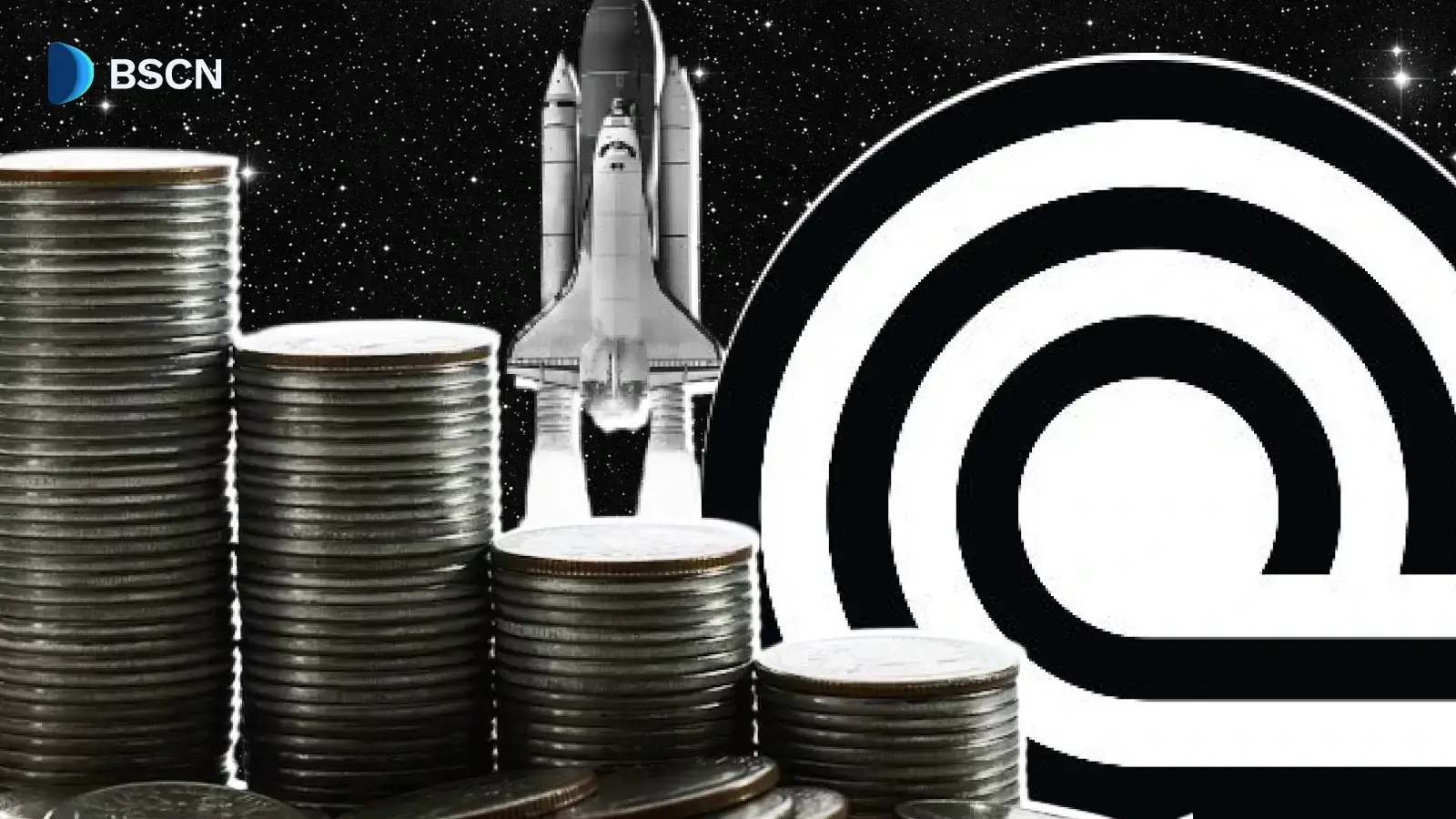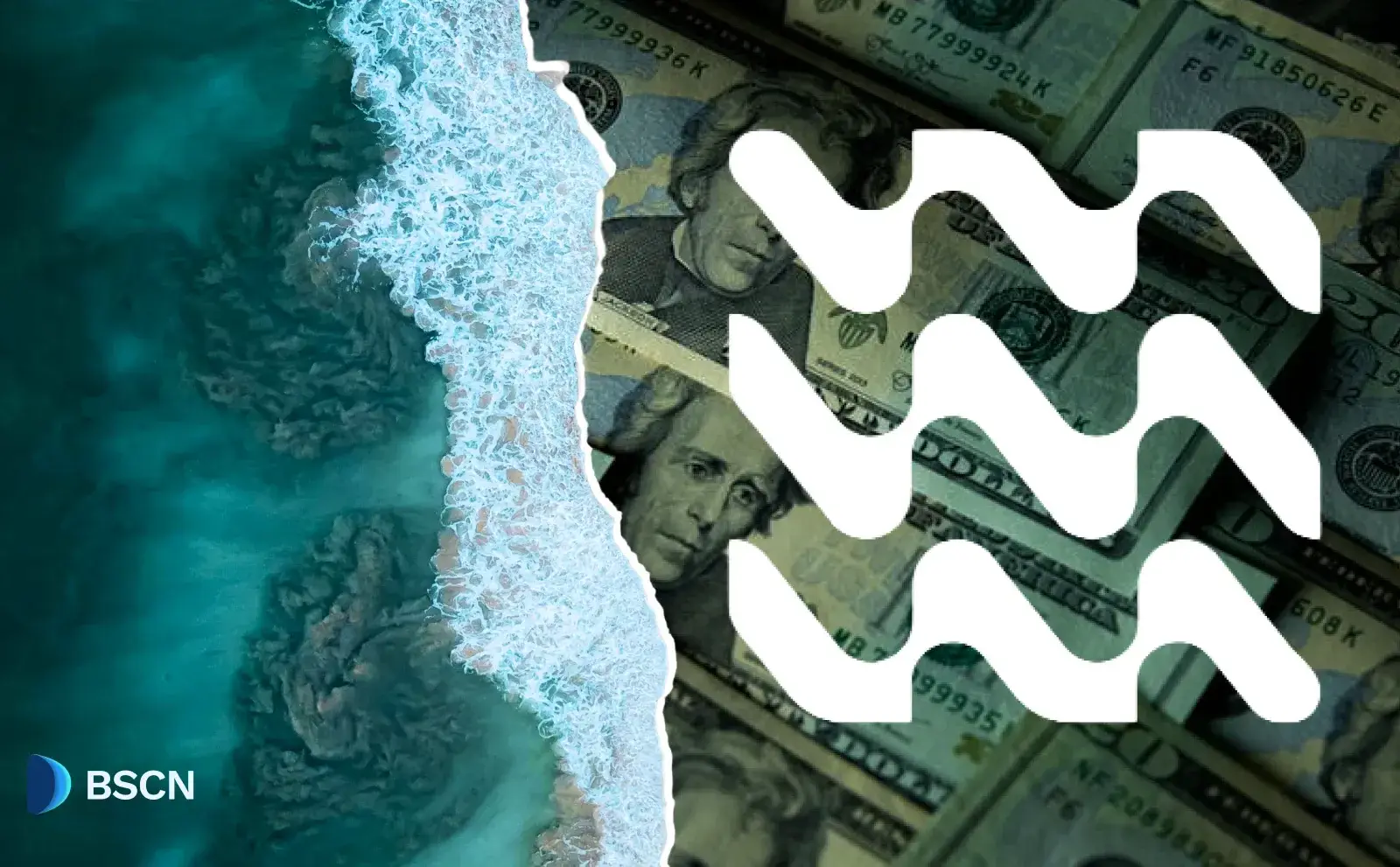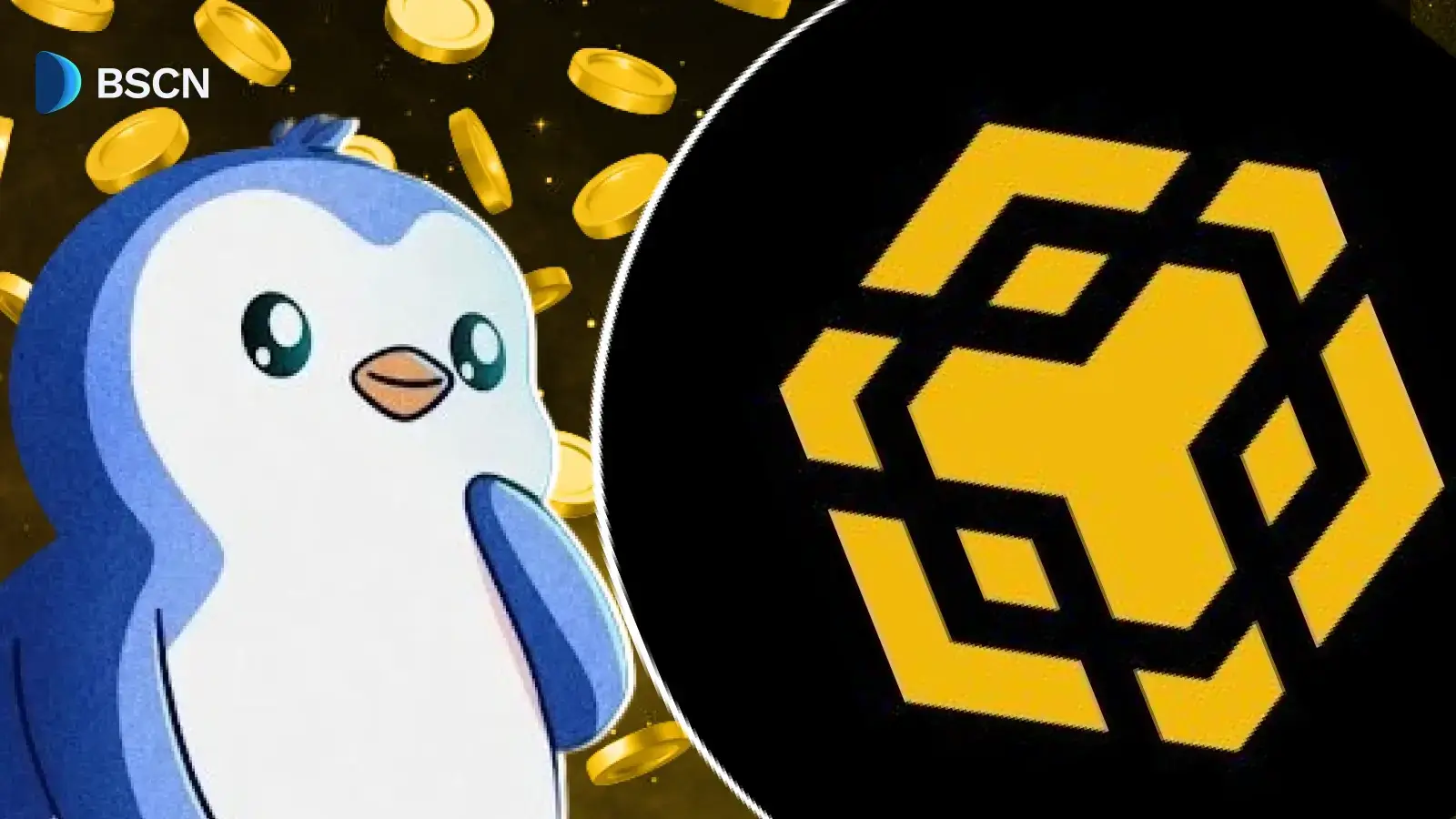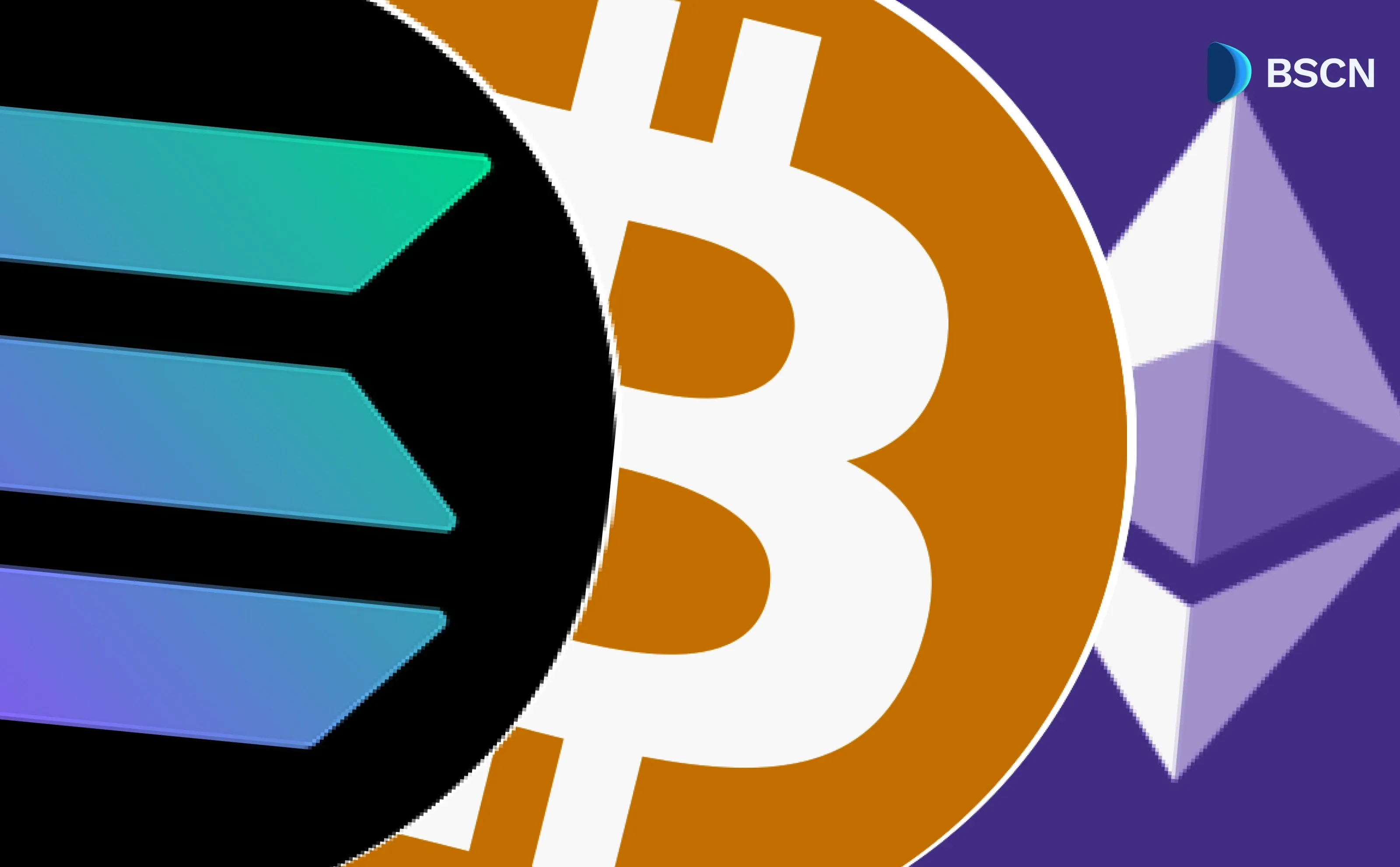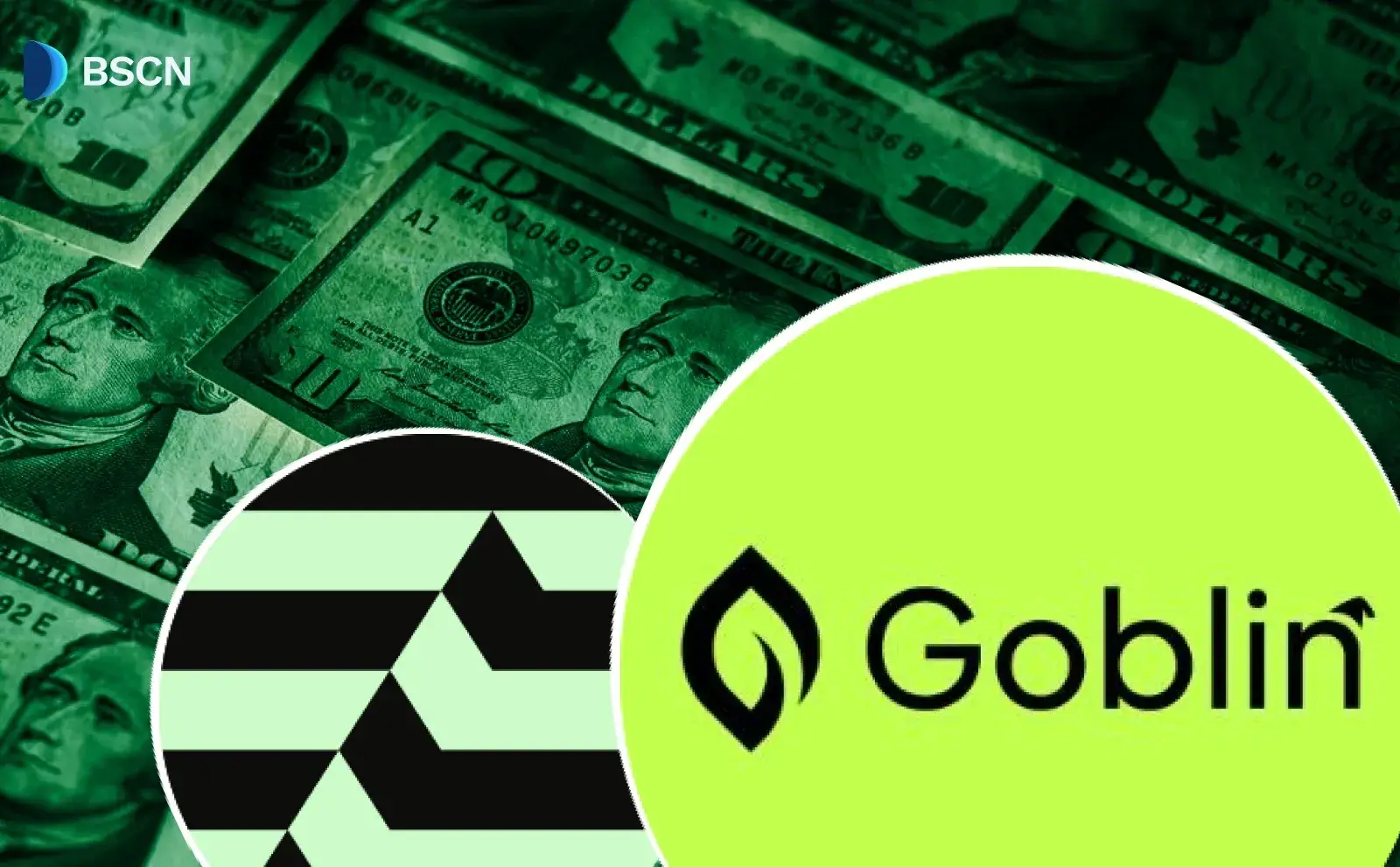News
(Advertisement)
Ethereum's Newest Layer-2 Solution: What is Ethereum R1?

Unlike other L2 solutions, R1 operates without a native token, venture funding, or a governance token. It relies entirely on community donations, making it a unique, decentralized alternative to current scaling options.
Soumen Datta
May 2, 2025
(Advertisement)
Table of Contents
Ethereum has its new layer-2 scaling solution named Ethereum R1, and it’s unlike anything the ecosystem has seen before. With no native token, no venture capital funding, and no governance token, Ethereum R1 aims to redefine what a layer-2 (L2) solution should be — an extension of Ethereum’s core values: decentralization, neutrality, and censorship resistance.
Introducing Ethereum R1 — The neutral rollup built for Ethereum
— Ethereum R1 (@ethereumR1) May 1, 2025
No token. No private sales. No governance cult.
Just Ethereum values, public funding, and community control.
🧵 Why R1 matters & how you can join:
The developers behind the project made their intentions clear in a recent announcement:
“General-purpose L2s should be commodities — simple, replaceable, and free from centralized dependencies or risky governance.”
What Makes Ethereum R1 Different?
Most layer-2 solutions today follow a familiar pattern: they launch a native token, attract funding from VCs, and implement some form of on-chain governance. These methods introduce centralization and profit motives that often clash with Ethereum’s open ethos.
Ethereum R1 is fundamentally different:
- No native token
- No venture funding
- No pre-mined supply or private allocations
- No governance token
The project depends entirely on community donations to operate. This approach might seem risky in a highly competitive environment, but it’s a direct response to growing unease among Ethereum developers and users about the current trajectory of L2 solutions.
"Most L2s today are acting more like new L1s than an Ethereum scaling solution — private allocations, opaque governance, and centralized control," R1 devs noted.
By stripping away financial incentives and governance mechanisms, R1 aims to restore a key principle many believe the Ethereum ecosystem has lost: credible neutrality.
The Backdrop: Ethereum’s Shrinking Base Layer Revenue
The move to focus on L2s comes at a critical time. After the Dencun upgrade in March 2024, fees for L2s dropped significantly, driving more traffic away from the base layer. By April 2025, base layer transaction fees hit a five-year low of $0.16 — a staggering drop from past years.
In fact, Ethereum’s base layer revenue had almost vanished by late 2024, falling by 99%. Many pointed to the booming L2 ecosystem as the reason for the decline. With more users transacting on L2s, demand for block space on the base layer has evaporated.
Some Ethereum analysts have criticized the network’s current incentives. By lowering L2 fees too much, they argue, Ethereum has accidentally undercut its own sustainability. It’s a complex balancing act — make L2s cheap enough to be usable, but not so cheap that the main chain becomes obsolete.
Ethereum’s Layer-2 Strategy: Feature or Flaw?
Ethereum’s push toward a multi-chain L2-centric structure has been controversial. While it boosts scalability and lowers costs for users, critics claim it fragments the network and hurts long-term security.
Moreover, in recent months, users and developers have grown increasingly frustrated with how many L2 projects have evolved. What were once positioned as scaling solutions have turned into revenue-driven ecosystems, often with unclear governance and questionable tokenomics.
Ethereum R1 is a direct response to this drift. According to the R1 ream, it doesn’t just address technical scaling — it reclaims Ethereum’s moral and ideological direction. By avoiding tokens, VCs, and governance structures, R1 seeks to prove that Ethereum can scale without selling out.
No Token, No Problem?
Ethereum R1 aims to serve as a public good — a neutral infrastructure layer for anyone building on Ethereum. By focusing on utility rather than speculation, it hopes to attract developers and users who value stability over short-term gains.
It also avoids the regulatory headaches that come with launching a token. With increasing global scrutiny on crypto assets, a tokenless design could give Ethereum R1 a smoother path to long-term adoption.
R1’s Role in the Bigger Picture
Ethereum R1 arrives at a time when Ethereum is undergoing massive structural change. With falling base layer fees, a surge in active addresses (up 62% week-on-week), and L2 dominance up 57%, the Ethereum ecosystem is in flux.
R1 doesn’t try to compete with more commercial L2s like Optimism or Arbitrum. Instead, it fills a gap — offering an alternative for developers and users who want an L2 that’s aligned with Ethereum’s roots.
If it succeeds, it could set a new benchmark for what L2s should look like: minimal, transparent, and mission-driven.
Read Next...
Disclaimer
Disclaimer: The views expressed in this article do not necessarily represent the views of BSCN. The information provided in this article is for educational and entertainment purposes only and should not be construed as investment advice, or advice of any kind. BSCN assumes no responsibility for any investment decisions made based on the information provided in this article. If you believe that the article should be amended, please reach out to the BSCN team by emailing [email protected].
Author
 Soumen Datta
Soumen DattaSoumen has been a crypto researcher since 2020 and holds a master’s in Physics. His writing and research has been published by publications such as CryptoSlate and DailyCoin, as well as BSCN. His areas of focus include Bitcoin, DeFi, and high-potential altcoins like Ethereum, Solana, XRP, and Chainlink. He combines analytical depth with journalistic clarity to deliver insights for both newcomers and seasoned crypto readers.
(Advertisement)
Latest News
(Advertisement)
Crypto Project & Token Reviews
Project & Token Reviews
Comprehensive reviews of crypto's most interesting projects and assets
Learn about the hottest projects & tokens

